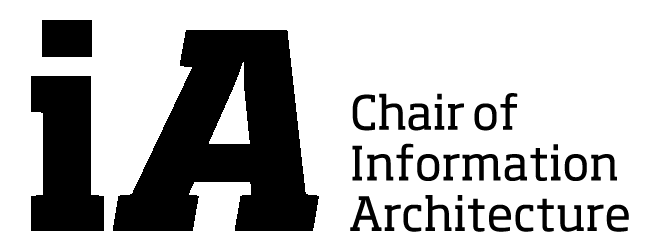The course consists of lectures and exercises of state-of-the-art and emerging simulation methods that can assist urban planners, architects and landscape planners in the design process. The simulations are based on the stocks and flows model and include parameters such as density, transportation, materials, capital, sustainability and visualization. Topics include but are not limited to the teaching of GIS based city modeling and simulation, building simulation, visualization and the prototyping of large scale city models. This course will start with a focus on collaboration, introduce design pattern recognition and implementation into urban models. The course continues with techniques for energy simulation and cost estimation on an urban scale and introduces methods for the realtime visualization of urban scenarios. Recent urban growth prediction systems are introduced as well as techniques for the mining of urban data sets to gain insights from the non-visual textures of urban fabrics.
The course is structured into 8 lectures, three initial workshop, corresponding exercises, contact hours, and independent work. Working in groups is a core part of the didactic concept.
Responsibles:
Lecture, Mo 8-9:30, HIT H12: Jan Halatsch
Exercises, Mo 10-11:30, HIT H12: Jan Halatsch, Julia Dyllong, Yuliya Schlegel
Adressee:
Participants of the masters program in architecture with focus in urban planning and urban modeling. NOTE: Course is limited to 20 participants.
Certificate of achievement:
Graded examination at the end of semester.
Successful participation in exercise course, workshop week and semester project thesis.
Credit points:
Successful participation will be honored with 6 ECTS and grade.
Materials:
Course slides, exercises, project templates, literature, and examination questionnaires will be made available upon request.
L01 | 27-09-2010
Porto Alegre (POA) – a model for sustainable future cities in Brasil
Lecture 1
Workshop 1: First steps with our modeling framework (ArcGIS, PurdueSim, CityEngine, Ecotect, ShowCase, Vue)
Exercise 1: Form groups and create impressions using the software and our sample data
L02 | 04-10-2010
Methods for the Prediction of large-scale scenarios
Lecture 2
Workshop 2: UrbanSim und PurdueSim for the prediction of urban scenarios
Exercise 2: Regional scale – modeling urban scenarios with PurdueSim
L03 | 11-10-2010
Collaborative City Design
Lecture 3 (A. Kunze)
Workshop 3: AP – a participatory technology for the development of urban requirement specifications
Exercise 3: Specification of sustainable urban scenarios for Porto Alegre with AP
L04 | 18-10-2010
Mid-term critic I
Student presentation of initial ideas and first urban scenarios for Porto Alegre
25-10-2010
Seminar week
L05 | 01-11-2010
Introduction to pattern-based modeling
Lecture 4
Workshop 4: Modeling building designs with CityEngine
Exercise 4: Sketching and implementing urban designs for POA in CityEngine
L06 | 08-11-2010
Methods for the analysis of urban performance
Lecture 5
Exercise 5: Passive design scenarios with Ecotect and CityEngine: Sun and Wind
L07 | 15-11-2010
Mid-term critic II
Student presentation of evaluated urban scenarios for Porto Alegre
L08 | 22-11-2010
Urban models as think tools
Lecture 6
Exercise 6: Accessibility and visibility analysis of suggested urban designs
L09 | 29-11-2010
Real-time visualizations
Lecture 7
Exercise 7: Authoring real-time visualizations using Showcase
or Exercise 8: Authoring real-time visualizations using Unity3D



